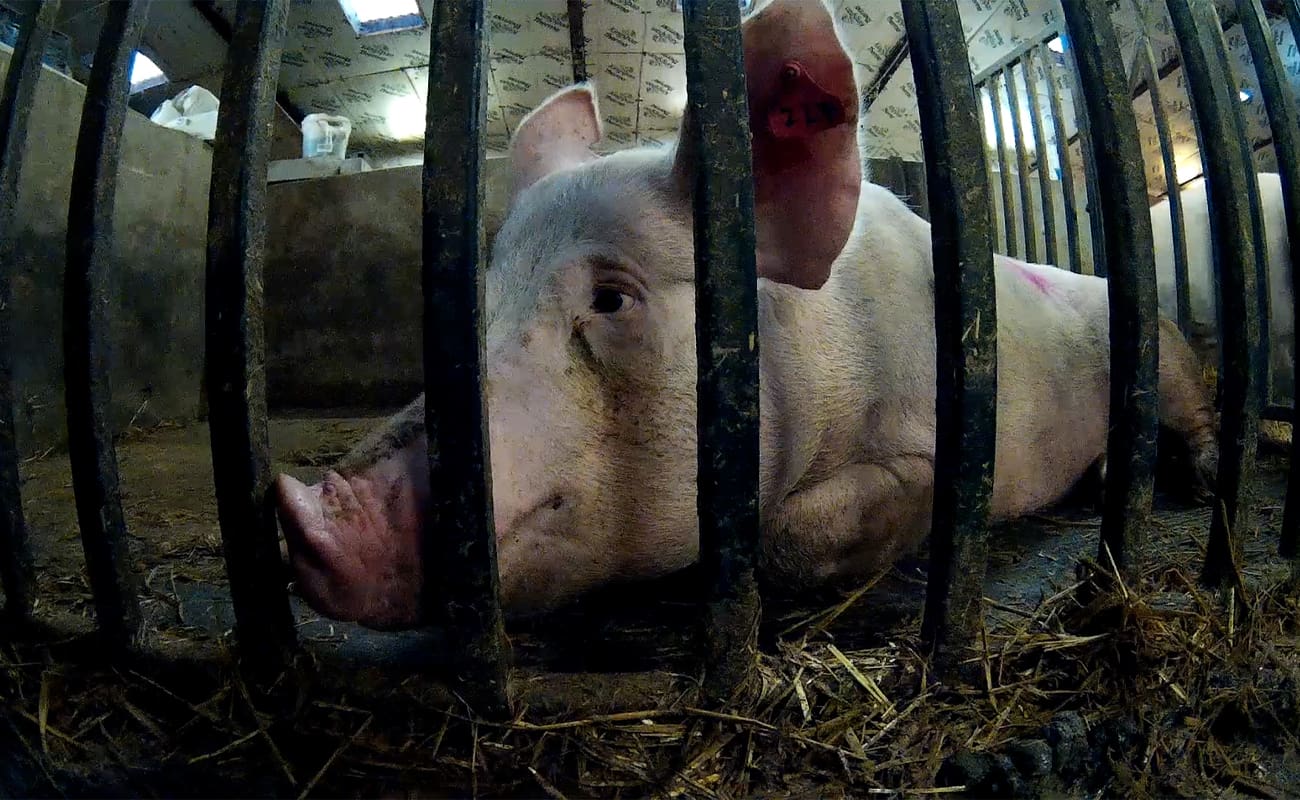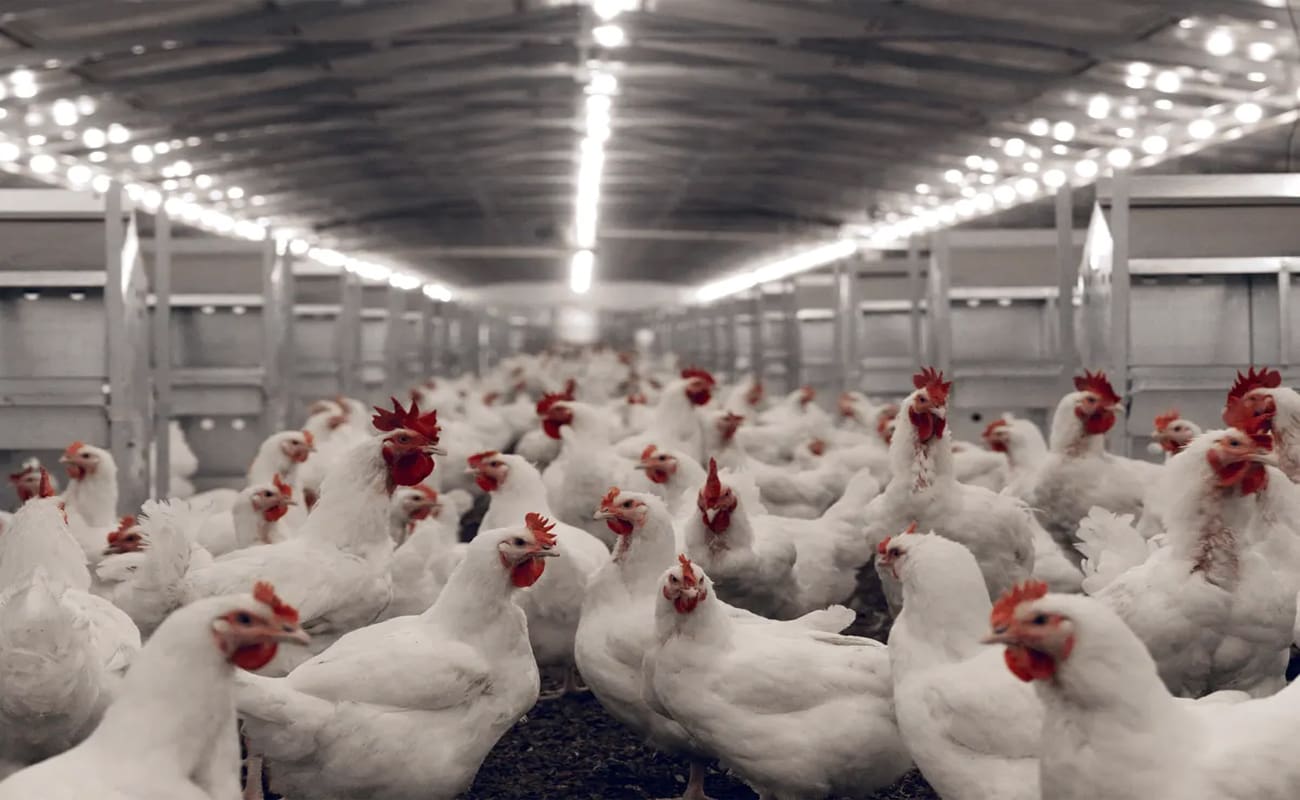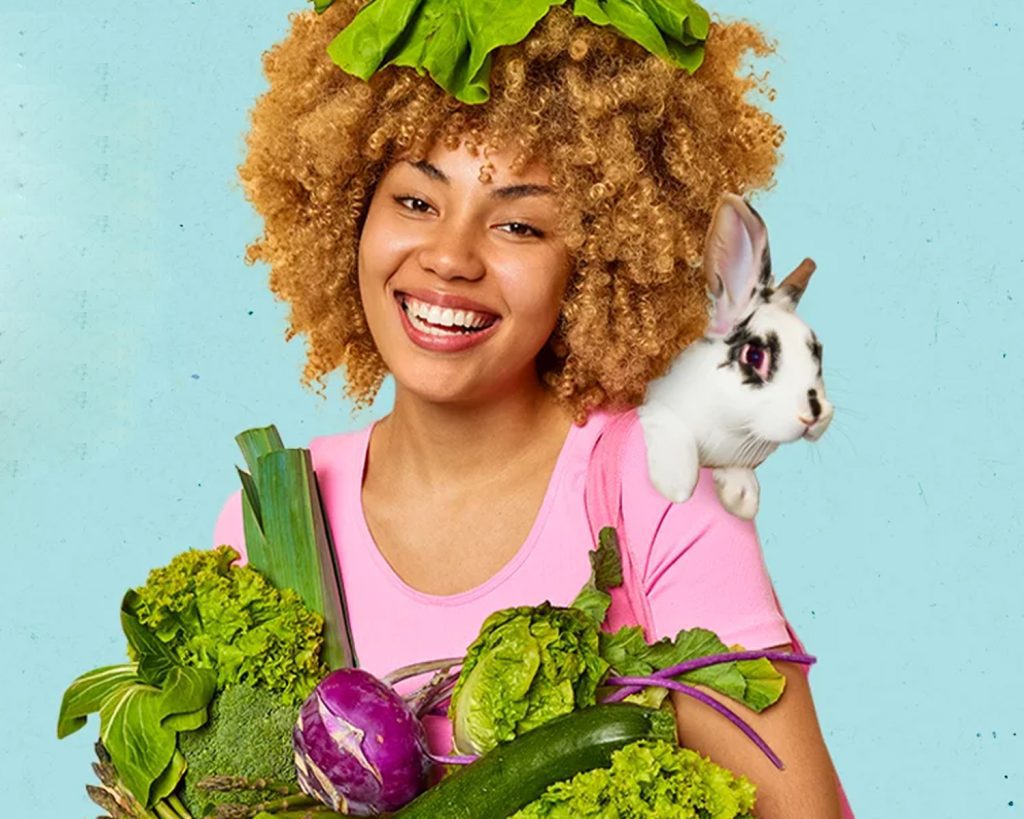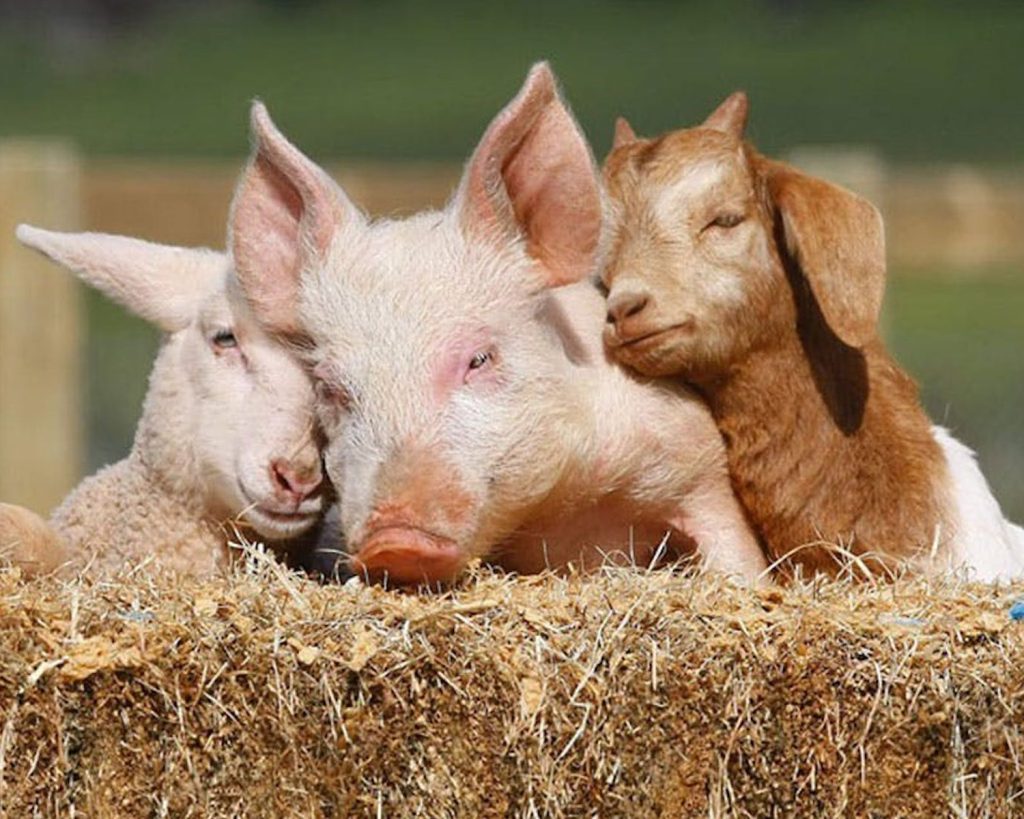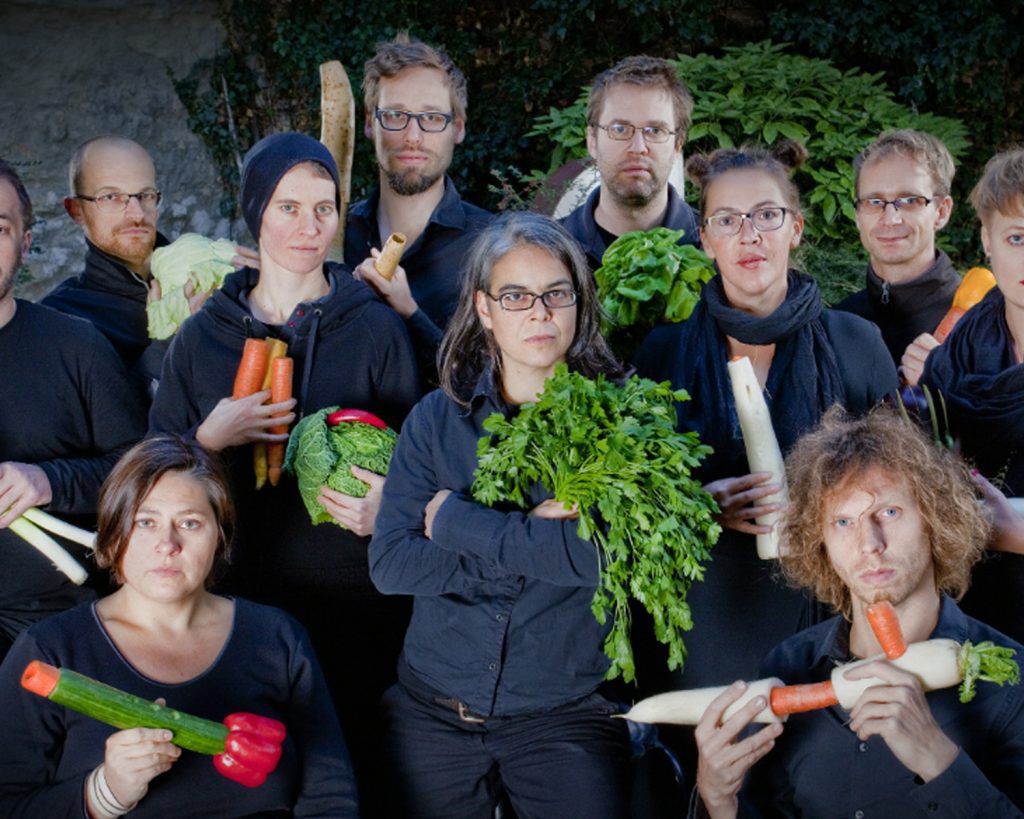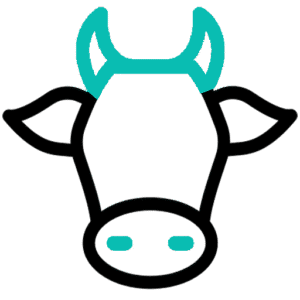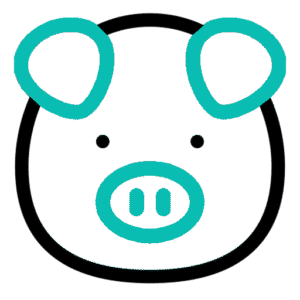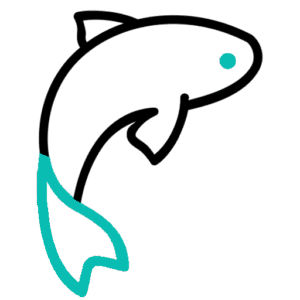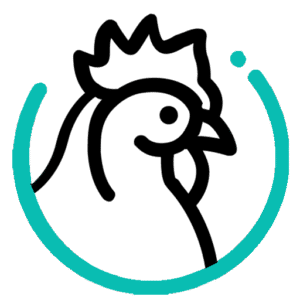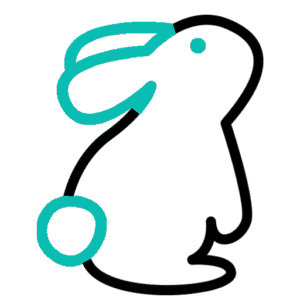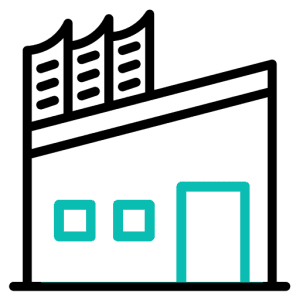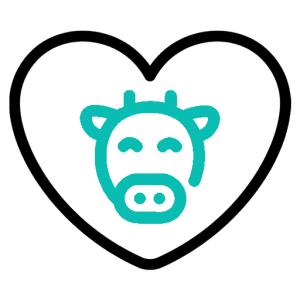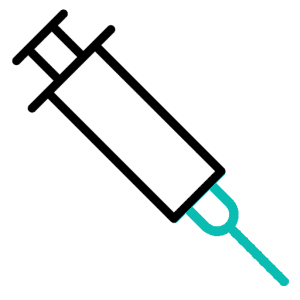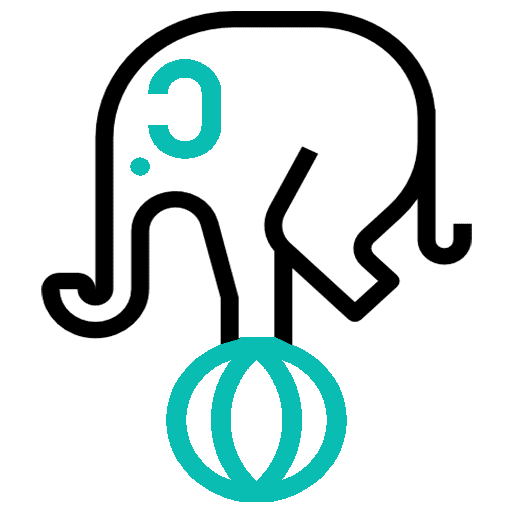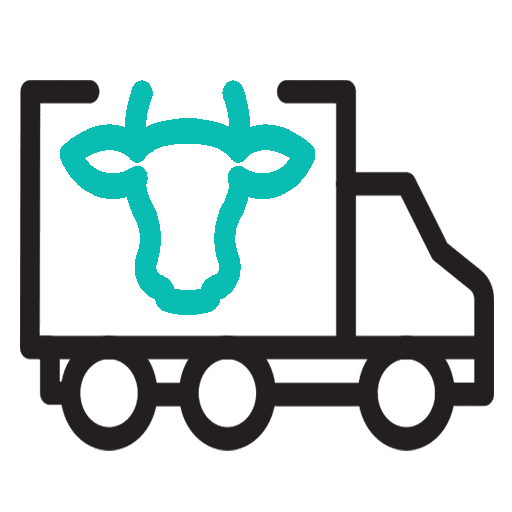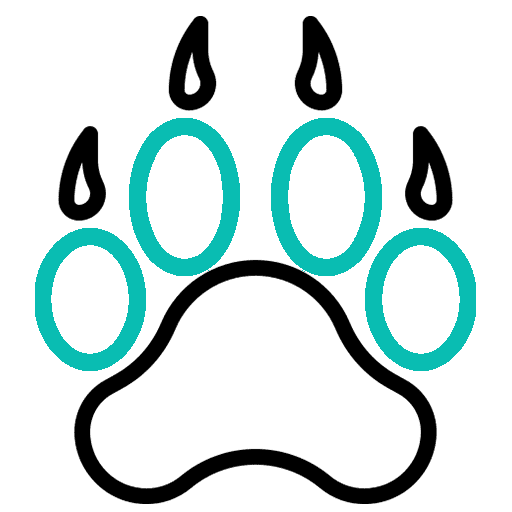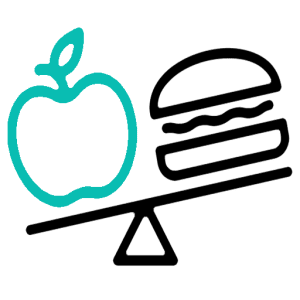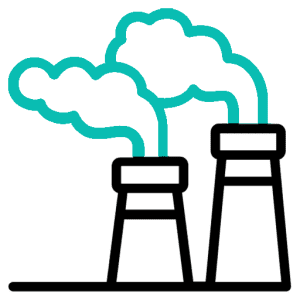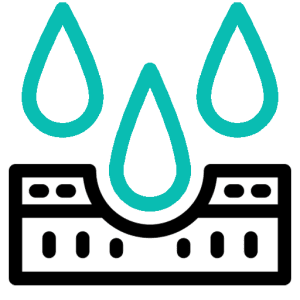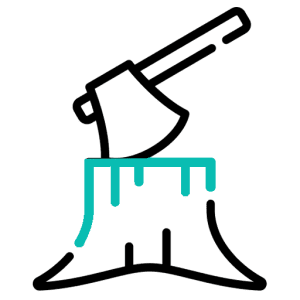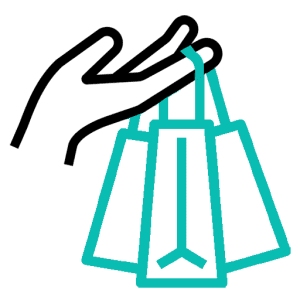Việc giam cầm trong các trang trại công nghiệp là minh chứng cho một trong những thực tế khắc nghiệt nhất của ngành nông nghiệp chăn nuôi công nghiệp. Trong những cơ sở này, hàng tỷ động vật sống cả đời trong không gian chật hẹp đến mức ngay cả những chuyển động cơ bản nhất cũng không thể thực hiện được. Bò có thể bị buộc dây trong chuồng, lợn bị nhốt trong lồng mang thai không lớn hơn cơ thể chúng, và gà bị nhốt trong những lồng nuôi công nghiệp xếp chồng lên nhau hàng nghìn con. Những hình thức giam cầm này được thiết kế để đạt hiệu quả và lợi nhuận, nhưng chúng tước đoạt khả năng thực hiện các hành vi tự nhiên của động vật—như gặm cỏ, làm tổ hoặc nuôi con—biến những sinh vật sống thành những đơn vị sản xuất đơn thuần.
Tác động của việc giam cầm như vậy vượt xa sự hạn chế về thể chất. Động vật phải chịu đựng đau đớn mãn tính, thoái hóa cơ và thương tích do môi trường quá đông đúc và mất vệ sinh. Tác động tâm lý cũng tàn khốc không kém: sự thiếu tự do và kích thích dẫn đến căng thẳng nghiêm trọng, hung hăng và các hành vi lặp đi lặp lại, cưỡng chế. Sự phủ nhận quyền tự chủ một cách có hệ thống này làm nổi bật một vấn đề nan giải về đạo đức—lựa chọn sự tiện lợi về kinh tế hơn là hạnh phúc của những sinh vật có tri giác và có khả năng chịu đựng đau khổ.
Giải quyết vấn đề giam cầm đòi hỏi một cách tiếp cận đa chiều. Các cải cách lập pháp nhằm cấm các hệ thống giam cầm khắc nghiệt, chẳng hạn như chuồng nuôi nhốt thai nhi và lồng nhốt công nghiệp, đã nhận được sự ủng hộ mạnh mẽ ở nhiều khu vực, báo hiệu sự chuyển dịch sang các thực hành nhân đạo hơn. Tuy nhiên, sự thay đổi có ý nghĩa cũng phụ thuộc vào nhận thức và trách nhiệm của người tiêu dùng. Bằng cách từ chối các sản phẩm có nguồn gốc từ những hệ thống như vậy, mỗi cá nhân có thể thúc đẩy nhu cầu về các thực hành có đạo đức. Bằng cách thách thức việc bình thường hóa sự tàn ác và hình dung ra những cấu trúc tôn trọng cả động vật và hành tinh, xã hội có thể tiến những bước có ý nghĩa hướng tới một tương lai nơi lòng trắc ẩn và tính bền vững không phải là ngoại lệ, mà là tiêu chuẩn.
Chuồng mang thai cho lợn là một phương pháp gây nhiều tranh cãi trong chăn nuôi hiện đại. Những không gian nhỏ, hạn chế này được sử dụng để nuôi lợn cái hoặc lợn nái trong thời kỳ chúng mang thai. Việc làm này đã làm dấy lên những cuộc tranh luận rộng rãi về mặt đạo đức xung quanh vấn đề phúc lợi động vật, vì nó thường gây ra những đau khổ đáng kể về thể chất và tâm lý cho những động vật có liên quan. Bài viết này đi sâu vào xem lồng ấp là gì, tại sao chúng được sử dụng trong chăn nuôi công nghiệp và những lo ngại về mặt đạo đức mà chúng gây ra. Thùng mang thai là gì? Chuồng mang thai, còn được gọi là chuồng lợn nái, là những chuồng nhỏ, hạn chế làm bằng kim loại hoặc dây được thiết kế để giữ lợn mang thai (lợn nái) trong môi trường chăn nuôi công nghiệp. Những chuồng này được thiết kế đặc biệt để hạn chế sự di chuyển của lợn nái trong thời kỳ mang thai, cung cấp rất ít không gian cho hoạt động thể chất. Thông thường, chiều rộng không quá hai feet và chiều dài bảy feet, thiết kế được cố ý thu hẹp, chỉ cho phép lợn nái có đủ không gian để đứng hoặc nằm …


